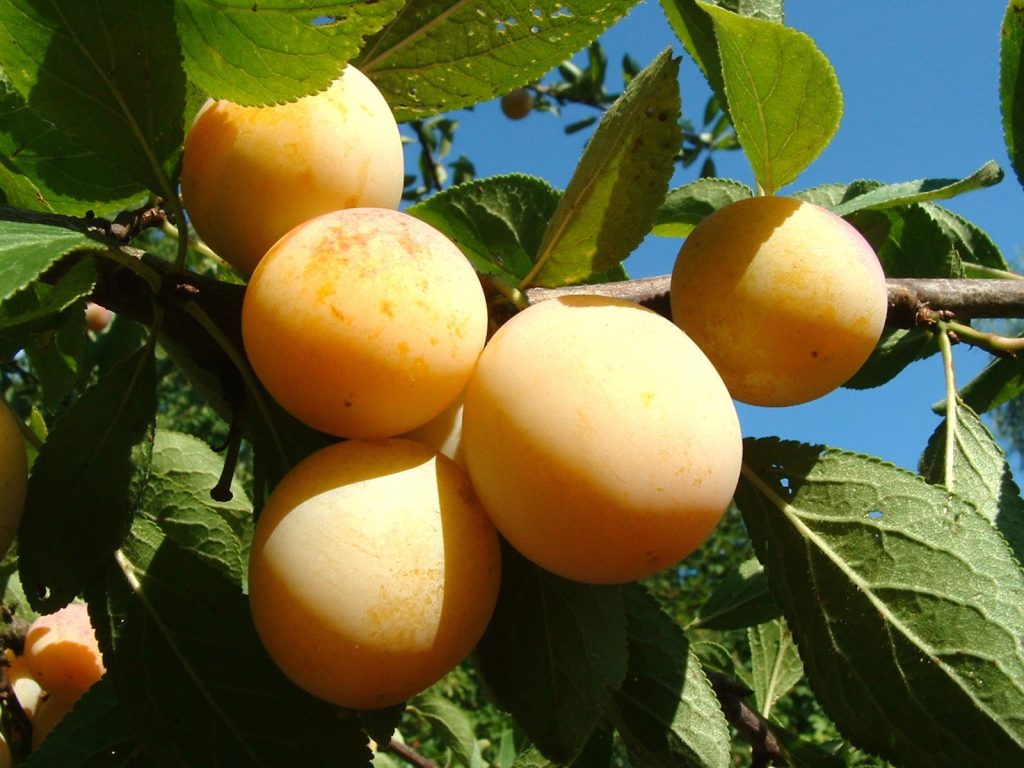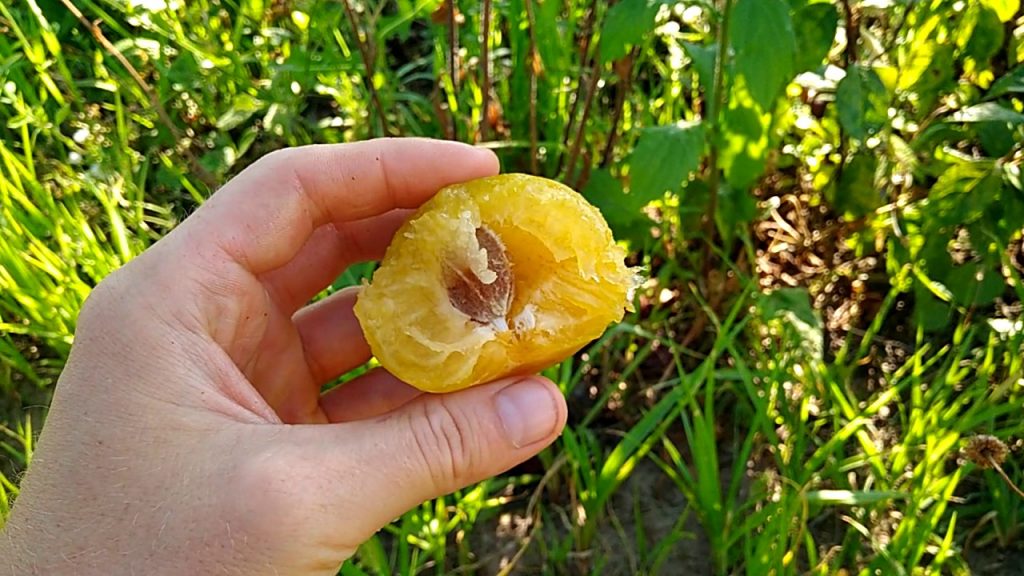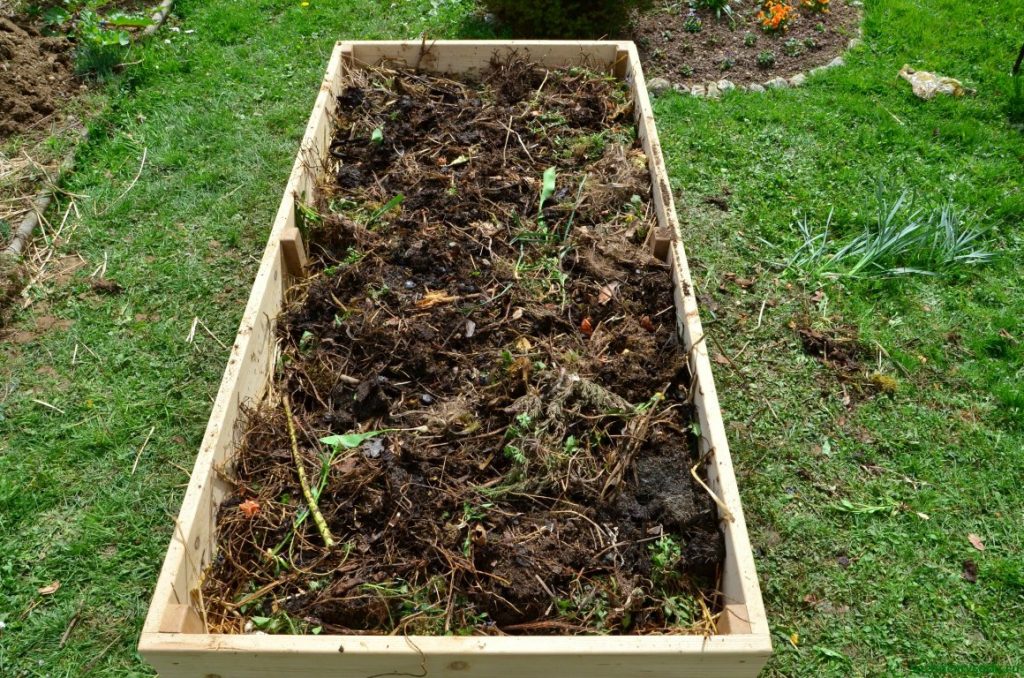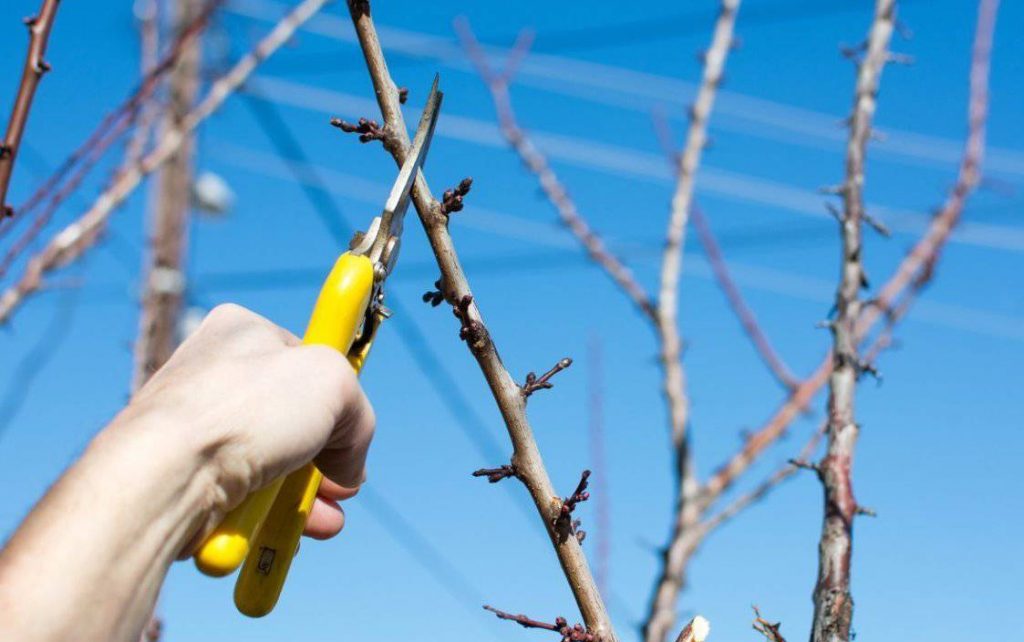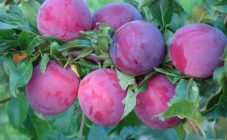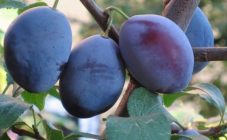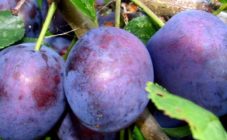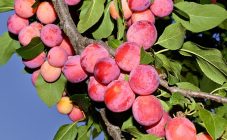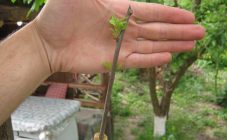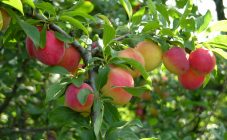Content:
Plum Morning is a variety known to all, famous for its aromatic and sweet fruits. With proper care, a good harvest can be reaped within 2 years after planting.
The history of the creation of the variety
Plum Morning - the result of crossing 2 varieties: Early ripening red and Renklode Ullens. In the unified state register, it appears as a culture recommended for the Central Region of Russia. The variety has proven itself well in the Moscow, Ryazan, Tula, Kaluga, Vladimir regions.
Characteristic
Plum Morning description of the variety indicates a medium-sized tree, reaching a height of no more than 2.5-3 m. The plant's life span is about 20 years. The crown has a spherical shape, slightly raised. Shoots are straight, thick, with a smooth surface, dark brown colored. Buds of medium size are slightly deviated from the shoot.
Plum variety Morning has a slight degree of crown thickening. Not too abundant foliage consists of elliptical, round-oval leaves. The single leaf is rather large. The thickness of the sheet plate is slightly more than average. The color is mostly light green. The texture of the plate is wrinkled, with a single-horned serration along the edge, without edge. The petioles are medium in size with glands.
The flowering stage begins at the usual time for all plums - in mid-May, and by the beginning of June the process reaches its peak. A white flower with a bare ovary and a middle peduncle has a cupped shape. The petals do not close together. 21 stamens surround the high pistil. Plum Morning has the advantage of being self-fertile. She does not need pollinators, while she herself is able to increase the yield of self-fertile varieties.
In the 4th year of the plum, Morning begins to bear fruit. Subsequently, every 4th year the plum is dormant, giving a minimum yield. The yield is at least 15 kg, and with proper care it reaches 30 kg per tree. The fruits ripen in early August. Plums ripen unevenly, it is not always possible to immediately determine the degree of ripeness. Fruiting occurs on spurs and bouquet branches.
Oval fruits of the varietal type of plum Morning are characterized by medium size, weighing from 25 to 40 g. Plums have a greenish-yellow tint, with a slight blush on the side facing the sun. The underdeveloped abdominal suture is nevertheless clearly visible. The skin is characterized by a waxy coating. The variety is distinguished by easy separation of the oval bone from the pulp.
The fine fibrous plum pulp has a yellowish tint. For its pleasant sweet-sour taste, juiciness and aroma, the variety was assigned 4 points on the tasting scale.
Agrotechnics
Many believe that planting of this variety can be done both in spring and autumn. But more cautious gardeners plant plums in the morning in early spring, when the soil warms up enough and the threat of unexpected frosts disappears. The place for planting plums should receive sufficient sunlight, slight shade is allowed in the morning or evening. Therefore, the drain should be located on the south side, it is better to be closer to the fence or wall of a small building.
Landing rules
Groundwater should be at a depth of at least 1.5 m to the surface. The most suitable type of soil for plum is sandy loam, loam. Clay and sandy soils are enriched with nutrients, and the increased acidity is neutralized by adding lime. If the soil on the site is excessively damp, it is recommended to raise it by 60 cm, and also provide drainage. A lack of light and excessive moisture in the soil become the reasons for the soreness of the tree, poor harvest.
The harvesting of holes should be carried out in the fall, you can do this a few weeks before planting. The depth of the pit is from 60 cm, the diameter is 60-70 cm. The soil dug out during the formation of the pit is mixed with humus (2: 1), then the mixture is returned to the pit again.
It is good to plant a seedling with an open root system only in the spring, when there is no threat of frost. With a closed root system, planting is done in the fall. If the seedling was purchased in the fall, then you need to dig it in and plant it in the spring. A plum tree is planted at a distance of at least 3 m from other plantings and obstacles. The seedling should not be buried. A distance of about 7 cm should remain from the surface of the soil to the root collar.
Care
An unpretentious variety Morning needs the usual procedures for all fruit trees: watering, pruning, fertilizing, loosening, weeding, preparing for winter.
Fertilizers
You should not use strong fertilizers before planting in order to avoid excessive activation of shoot growth, as well as burns of the root system of the plum. Experienced gardeners introduce a mixture of fertilizers from 2 buckets of humus, 100 g of potassium sulphide, 300 g of wood ash and 200 g of superphosphate into the pit.
After a couple of years, the plum needs to be fed with nitrogen-phosphorus and mineral supplements. On the eve of flowering, the plum needs potassium sulfate and urea. It is enough to add 40 g. The tree at the stage of fruit ripening is recommended to be fertilized with 30 g of nitrophoska and 30 g of urea. After the harvest is harvested, the plum should be fed with superphosphate and potassium sulfate, 30 g each will be enough. Pre-winter feeding is done using organic matter with the addition of phosphorus-potassium fertilizers.
Watering
Plums of all varieties need abundant watering with slightly warmed water. Variety Morning belongs to the category of moisture-loving. It requires the following irrigation regime:
- a drain height of up to 2 m requires 2-4 buckets of water per week;
- a tree over 2 m needs 5-6 buckets of water per week.
In the dry season, before wintering, the tree is watered with 100 liters of water. Each watering should end with the removal of weeds, loosening, mulching.
Pruning
The formation of a neat crown occurs by pruning dried, growing inward, frozen branches. The branches of a 2-year-old seedling are cut to one year old. The maximum pruning volume is one quarter of the entire crown. Root shoots are also regularly removed (4-5 times throughout the summer). This procedure allows the tree to become stronger and more productive. To reduce the frequency of shoots removal, it is necessary to separate the shoots directly from the roots themselves, after carefully excavating the soil.
If thick branches have undergone cutting, then the places of the cuts must be treated with garden pitch. The cut branches should be burned. The procedure is carried out in early spring, before the leaves begin to bloom, or in summer.
Preparing for winter
Due to the fact that the level of winter hardiness of the plum is low, it is necessary to carefully prepare the tree for winter. Covering with agrofibre, trampling snow around the trunk, shaking off excess snow from branches helps to save the plum. Young seedlings should be mulched with horse manure before covering.In an adult plum, it is necessary to protect the trunk circle, stem, branches. To protect the tree from rodents, use a protective net.
Disease and pest resistance
Plum yellow Morning possesses good resistance to fruit rot and clotterosporium disease. The variety is slightly worse withstands the effects of pests: aphids, moths. To protect the already damaged tree, spraying is used with the help of drugs: Fufanon, Inta-Vira, Bio Iskra. If the plum is affected by Morning fruit rot, it is sprayed with Nitrafen or a 1% solution of Bordeaux liquid. As a preventive measure, they dig up the soil in the zone of the trunk circle before the buds begin to bloom.
Advantages and disadvantages
Plum Morning is considered a homemade variety and is rarely grown for mass consumption, while having noticeable advantages:
- early ripening of fruits;
- self-fertility;
- non-shedding of fruits;
- excellent yield indicators;
- unpretentiousness;
- medium degree of drought resistance;
- good safety during transportation;
- excellent commercial and taste characteristics of the fruit.
The disadvantages of the Morning variety can be called a high sensitivity to winter cold and an average resistance to diseases and pests.
The variety is universal. Possessing excellent characteristics, plums are good for consumption directly from the tree, as well as in the form of various preparations (plum jam, jam), after freezing. They can be stored in the refrigerator for up to 2 weeks. The average size of the fruits makes the Morning plum an excellent variety for conservation.
